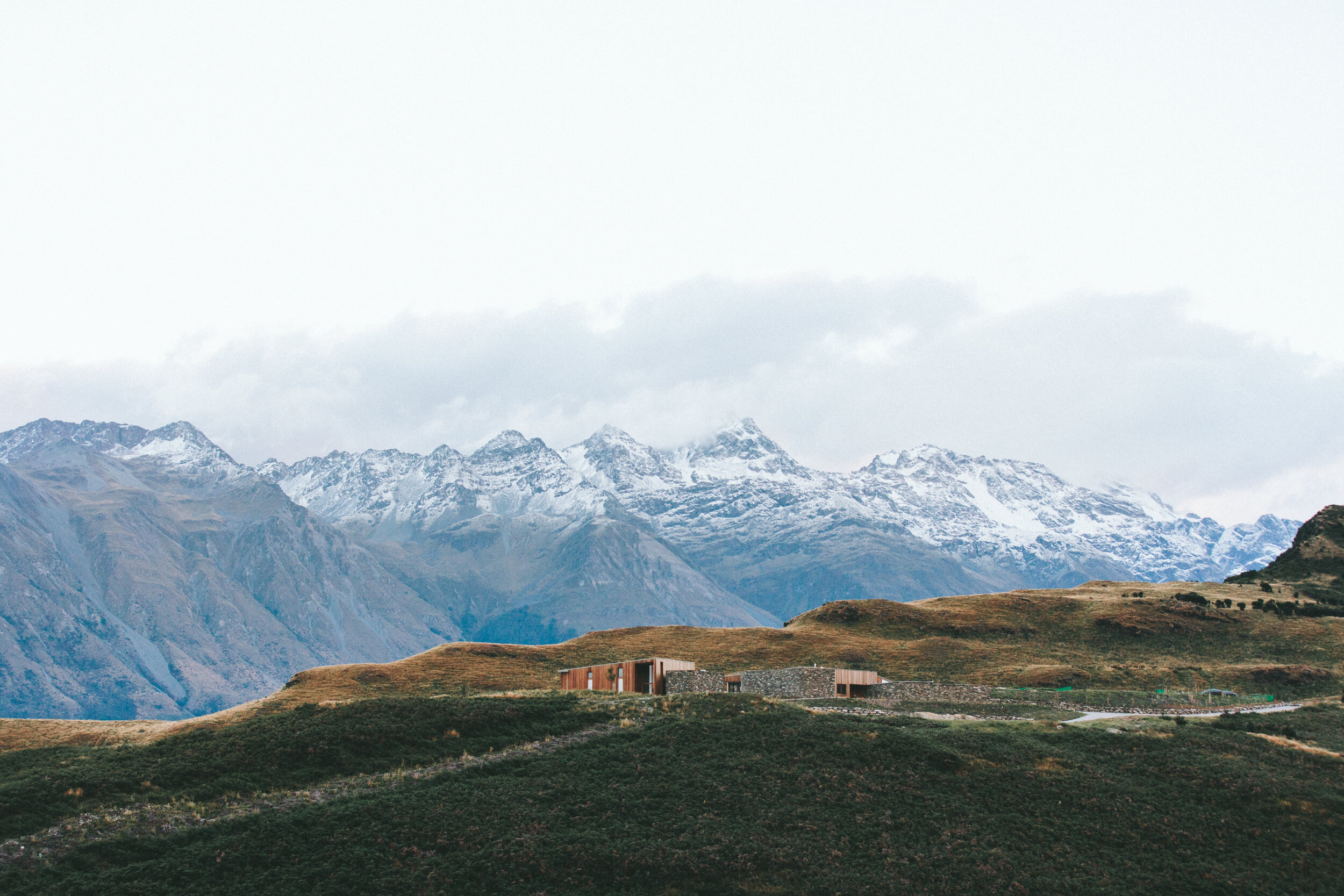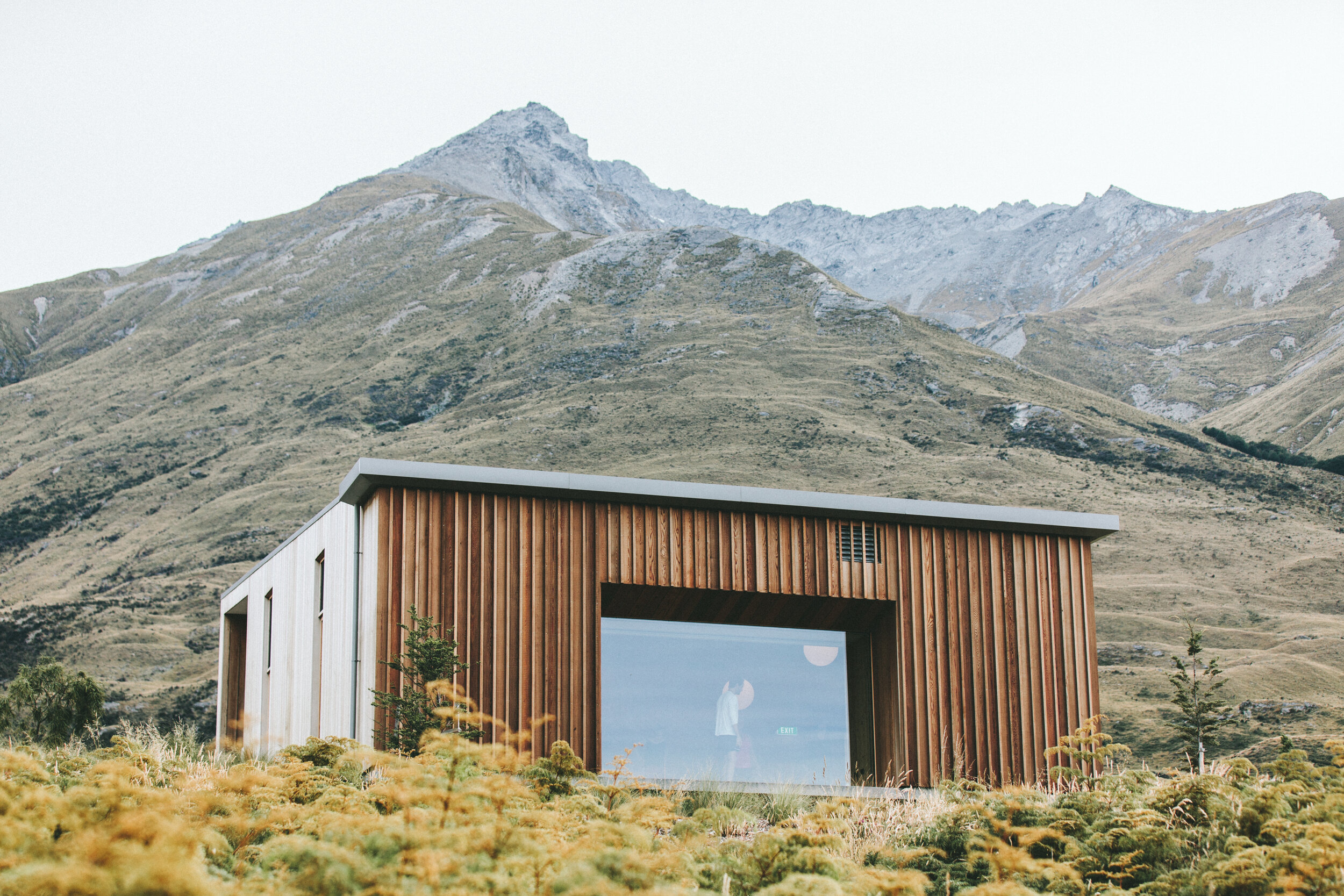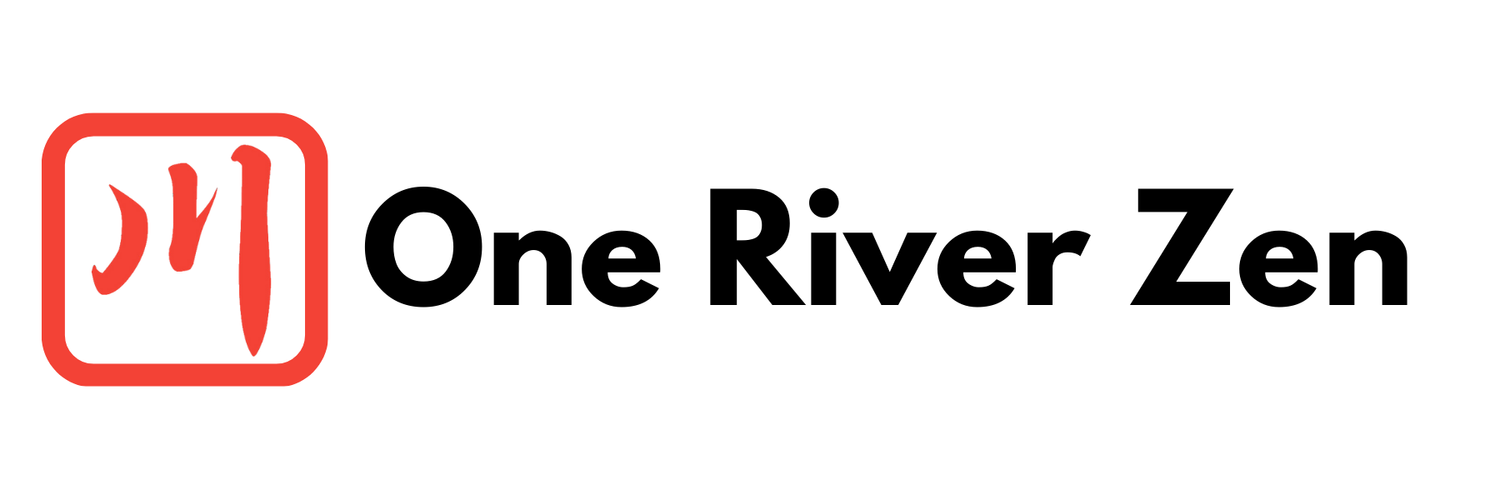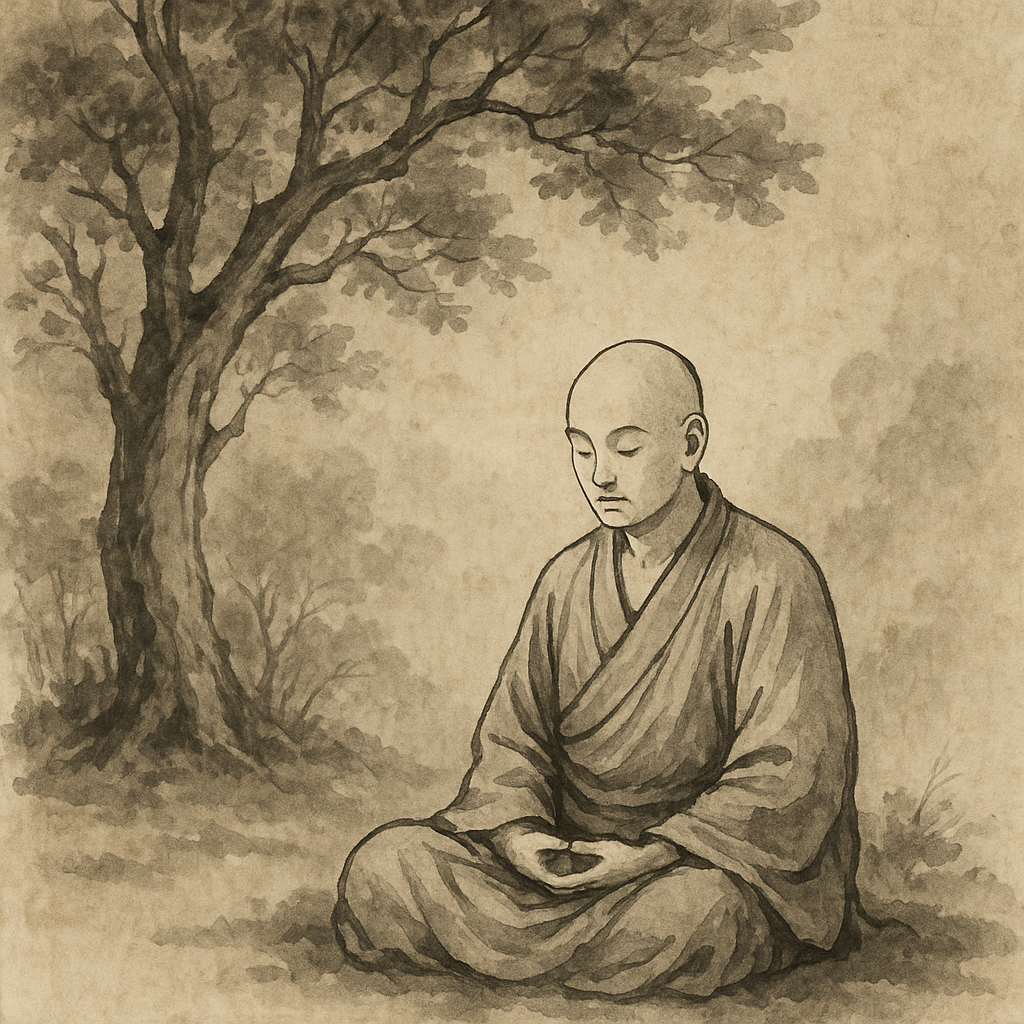
Whatever it is, the way you tell your story online can make all the difference.
This morning’s Daily Zen Talk — a reminder that every mask we wear eventually slips. Sit and see what’s underneath…
You've tasted the peace of retreat, but what happens the moment you walk out the door? Sensei Michael Brunner reveals the Garuda Trap: the instant surge of karmic momentum that destroys your clarity. Learn the only way to avoid becoming the blind turtle, crushed under Mount Sumeru. Don't just leave retreat—master your re-entry.
Zen priest Sensei Michael Brunner explores the profound difference between "all over the body" and "throughout the body" compassion, rooted in the ancient Ungan’s Great Compassionate One koan.
Find out how this teaching manifests in the community missions of One River Zen in Ottawa, Illinois. Learn why real practice isn't about being a "perfect Buddhist," but about the instant, unhesitating response of reaching for your pillow in the dark.
When the mind grows still, the mountain appears. In this reflection on Case 19 of the Shōyōroku, Sensei Michael Brunner of One River Zen in Ottawa, IL, explores Ummon’s simple yet profound response—“Mount Sumeru.” What does it mean to meet life’s obstacles not with resistance, but with clarity and wonder?
When every movement of the heart leans toward desire or resistance, how do we know what direction is true?
In this Dharma talk, Sensei Sōen Michael Brunner, Abbot of One River Zen in Ottawa, Illinois, turns to the final case of the Book of Equanimity — Rōya’s Mountains and Rivers — to explore what it means to live from original nature rather than from the push and pull of the egoic self.
Drawing unlikely parallels between Aleister Crowley’s “Do what thou wilt” and John the Baptist’s “He must increase, I must decrease,” Sensei Sōen shows how Zen cuts through both self-assertion and self-erasure to reveal the clear and boundless life that gives rise to mountains, rivers, and this very breath.
During the 2025 Ango at One River Zen, Shuso Genpo Seth Myers opened our four-week Heart Sutra study by returning us to the basics — not as beginners in knowledge, but as beginners in seeing. Rather than analyzing the Sutra as philosophy, this first class turns us back toward direct experience: what remains when the grasping mind falls silent.
In this morning talk, Sensei Michael Brunner of One River Zen in Ottawa, Illinois, takes up Case 17 of the Shōyōroku, where a single “hair’s-breadth” is enough to split Heaven and Earth. What begins as a brief exchange between two Zen masters becomes a mirror for the way we create distance from our own lives — every time we compare, resist, or try to understand rather than meet just this.
Chisō Robb Hasty — a student at One River Zen in Ottawa, Illinois and the current Mayor of Ottawa — reflects on a brief koan in which the Zen master Ikkyū visits the dying monk Ninakawa. What unfolds in just a few lines dismantles one of our most unquestioned convictions: that we come into life alone and leave it alone. With the clarity of a single sentence, Ikkyū reveals a path where there is no coming and no going — a reality already present beneath the stories we tell about ourselves.
As sesshin closed, we turned to Case 6 of the Shōyōroku—Baso’s “White and Black.” What begins as a monk’s search for meaning becomes a living exchange of silence, headache, and not-knowing. Baso’s answer isn’t spoken; it’s embodied. White and black—two gestures of one mind—point to the truth that never stops walking.
In this final talk from sesshin, Sensei Michael Brunner concludes the four-part series on Sekitō Kisen’s Song of the Grass-Roof Hermitage with the closing verse: “Turn around the light to shine within, then just return.” Having built the hut, opened it to vastness, and settled into stillness, the hermit now comes home to what was never apart. This is the return beyond attainment — the simplicity of being lived by the Way itself.
Here, Sekitō Kisen speaks of stability, embodiment, and the luminous ordinariness of awakening. We return to the hut not to escape the world, but to live freely within it. The wind, the rain, the aching knees of zazen — all are part of the same song.
In this second talk from the 2025 Ango Opening Sesshin, Sensei Michael Brunner continues his four-part exploration of Sekitō Kisen’s Song of the Grass Roof Hermitage. What began as a fragile ten-foot hut now opens to include the entire world. The hermit who once sought refuge discovers that his dwelling has no boundaries — and that the “original master” who abides within is unborn, undying, and ever-present.
In this opening talk from the 2025 Ango Sesshin at One River Zen, Sensei Michael Brunner introduces Sekitō Kisen’s timeless poem, The Song of the Grass Roof Hermitage. Speaking from the stillness of sesshin, Sensei explores how Sekitō’s “grass hut” is not a structure but a state of mind — simple, transparent, and free.
At the opening of our Ango practice period, we turned to the koan Hyakujo’s Fox—a story about karma, consequence, and the illusion of escape. We spend much of our lives trying to outwit our circumstances, but awakening isn’t found outside the web of cause and effect—it’s revealed right within it. Each breath, each act, each mistake is already the field of practice.
Your Buddha nature isn’t something you polish into being—it’s already here, already complete. The project of self-perfection collapses. What remains? Just this—quiet presence, unguarded wonder. The heart of Zen.
We speak so often without really intending to connect—just trying to be right, or to relieve some internal pressure. But unless someone sincerely wants to hear, our words scatter like dust. In Zen, there’s no reward for performance, no applause for being “beyond.” In fact, the very idea of being beyond is often the net we’re still caught in. True practice begins when we stop trying to be impressive, stop trying to be seen, and simply meet the moment as it is—muddy, raw, and real. Let the dust settle. Then you can begin.
In this teisho, we enter the deep current of the Avatamsaka Sutra and Dōgen’s wisdom to explore Indra’s Net, karmic momentum, and the luminous jewel hidden in the folds of your very own robe. You don’t need to earn it—but you do need to realize it.
We are already reflecting the whole, whether we see it or not.
Wonder, not knowledge, is the key.
What if awakening isn’t found in scriptures or mountaintops, but in a simple farm rice cake?
In this grounded and provocative talk, Sensei Michael Brunner reflects on a Zen koan that challenges our deepest assumptions about sacredness. Why do we divide life into holy and profane? What do we miss when we dismiss the ordinary?
We chase meaning like it’s out there somewhere—hidden in a teaching, a moment, a breakthrough. But what happens when even “no meaning” becomes another thing to hold onto? In this talk on Book of Equanimity, Case 80, we sit with Ryūge’s journey through questions, blows, and the quiet unraveling of self. It’s not about finding the answer. It’s about what’s left when the search gives up.
Make it stand out.
-

Dream it.
It all begins with an idea. Maybe you want to launch a business. Maybe you want to turn a hobby into something more. Or maybe you have a creative project to share with the world. Whatever it is, the way you tell your story online can make all the difference.
-

Build it.
It all begins with an idea. Maybe you want to launch a business. Maybe you want to turn a hobby into something more. Or maybe you have a creative project to share with the world. Whatever it is, the way you tell your story online can make all the difference.
-

Grow it.
It all begins with an idea. Maybe you want to launch a business. Maybe you want to turn a hobby into something more. Or maybe you have a creative project to share with the world. Whatever it is, the way you tell your story online can make all the difference.





















Come join us for meditation or a retreat as this year comes to a close, and we begin to awaken to the possibilities 2026 will bring!